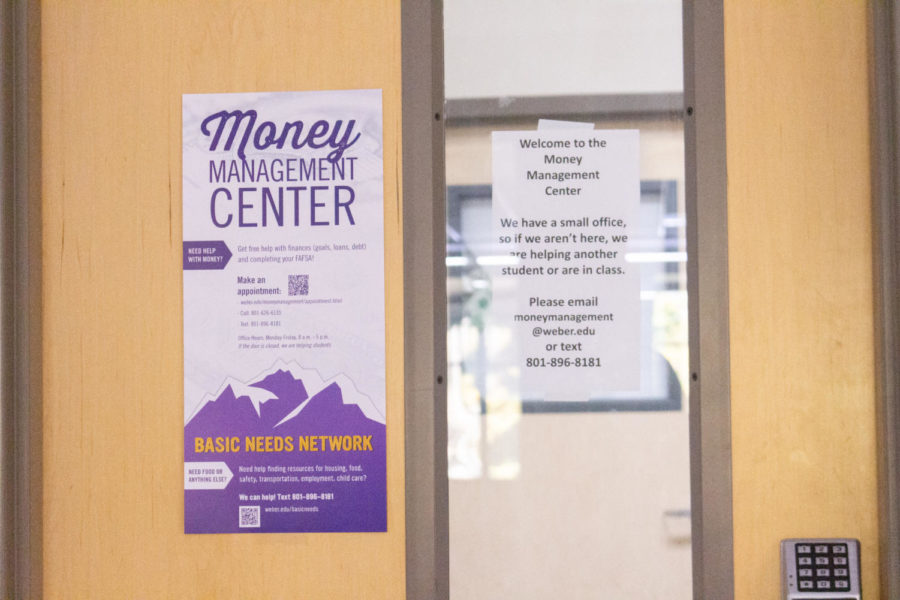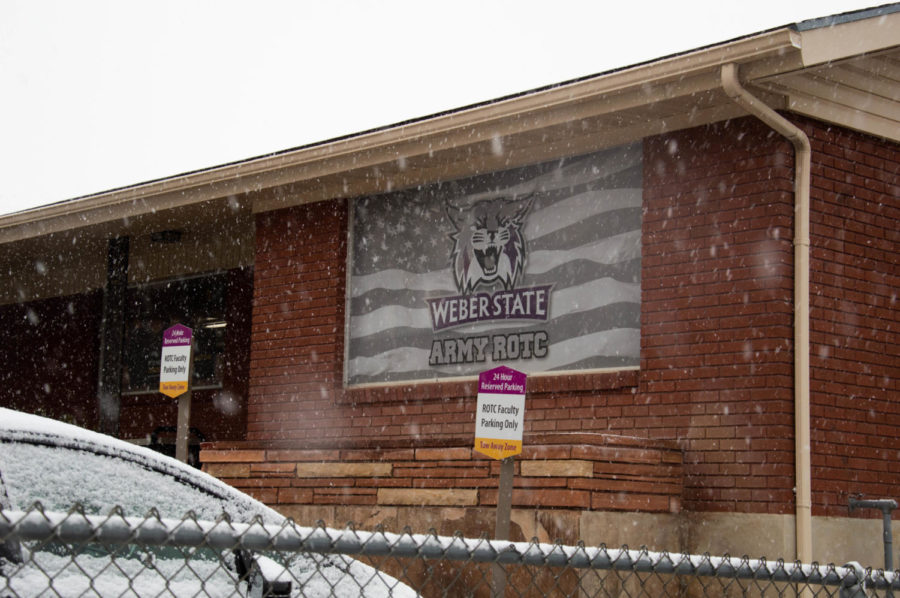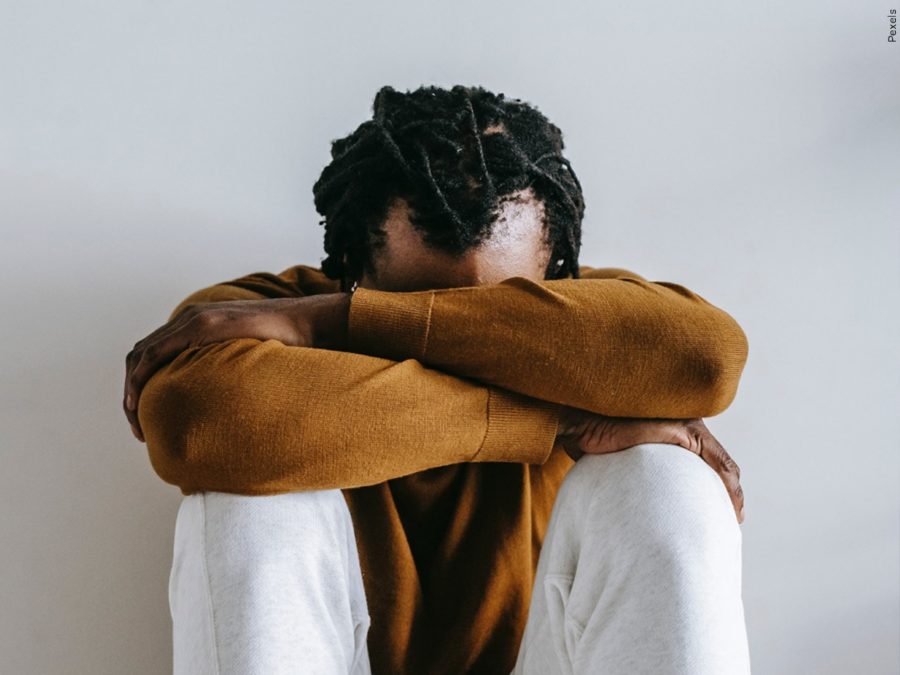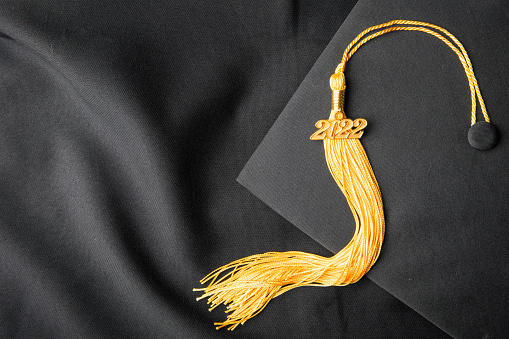
In the spirit of our homecoming theme, “The Great Gatsby,” I thought it would be interesting to find out how different or similar we are to college students in the 1920s.
The similarities I found were quite obvious. College students wanted to fit in, they went to football games and on dates. They joined sororities and fraternities and spent their weekends laughing with friends. College life for students in the 1920s was indeed a party.
But the differences between them and us are where it gets really interesting.
In the 1920s, women attending school was becoming more and more the norm. Prior to World War I, women were expected not to pursue higher education and devote their lives to their homes instead.
However, after the war was over, youth looked to the future with a new eye and enrolled in college to have fun.
The increase in women in college had no major effect on the men already attending college or the professors. However, the influx of students did cause the professors to change their curriculum.
Studies in colleges and universities in the 1920s mostly focused on the generals—math, English, science and history. Students also studied foreign languages and Latin.
Often, the only programs offered were in business, emphasizing that career field.
The social life was everything to college students in the 20s. Good grades and academics were not the reasons for attending college. Instead, it was all about the social life.
In fact, getting C’s was the average. Students who spent time studying and striving for good grades were called “grinds” and were often looked down on and regarded as outcasts.
Style was an obvious and great difference between them and us.
Girls were required to wear dresses or skirts, but often found ways to declare their own style by tying bandanas in their hair or around their waists and wearing galoshes with their dresses. Women wouldn’t be allowed to wear pants on campus until decades later.
Men wore jackets and ties every day and often had hip flasks, showing their defiant disagreement to prohibition. Letterman jackets became popular around this time.
One thing that really stuck out to me, and one that I think makes a great lesson, is that college students in the 1920s were extremely different from the generation that preceded them.
Many of their parents questioned their desire to pursue higher education and some even strongly disagreed with it. And yet, students refused to be held back by precedence and paved their own path.
Perhaps you are the first person to attend college, or perhaps you were pushed into college against your will.
Whatever the reason you are here, make sure to pave your own way, live your life with no regrets and show the world how truly extraordinary you really are.








